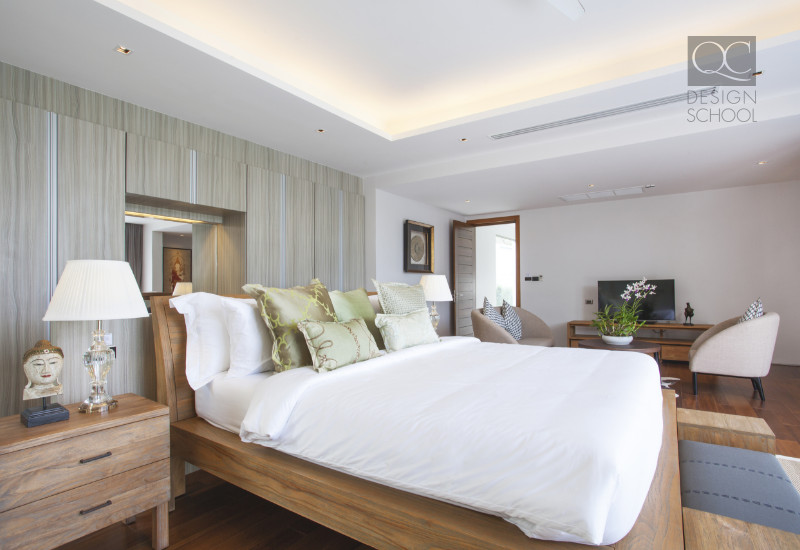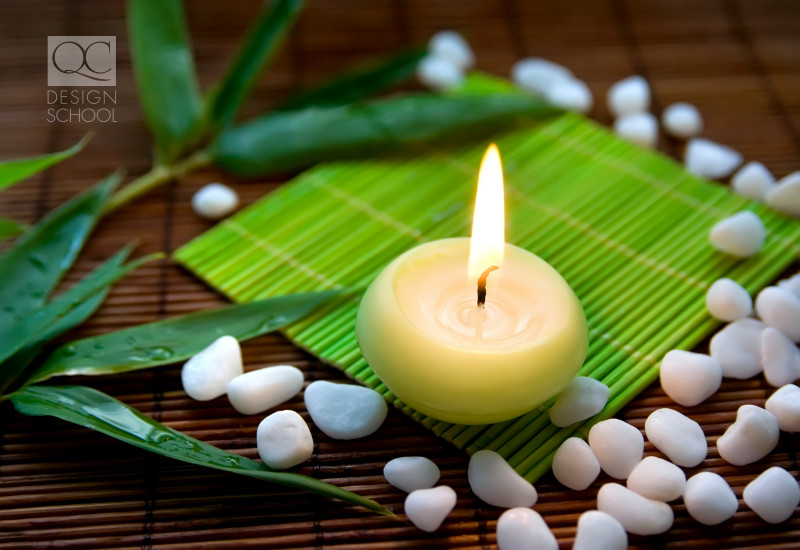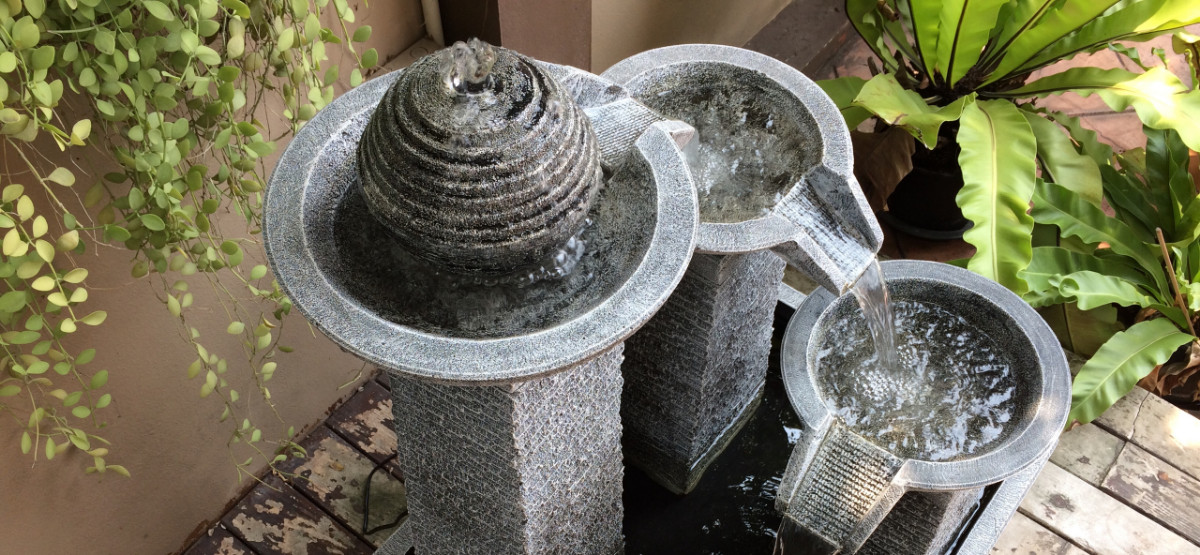Some of these tips are no-brainers to the well-versed feng shui professional. But whether you’ve taken a break from feng shui or are earning a feng shui certification, everyone can benefit from a list of tips! When you give every aspect of a space and a client’s life situation serious thought and consideration, you can rest assured that your design will yield maximum benefits.
Without further ado, here are 6 tips for pulling off a feng shui room design!
Evaluate your clients’ goals
Before you start applying cures and redesigning your clients’ home, you need to know what their goals are. Why did they hire you in the first place?
Everyone has a different reason for hiring a feng shui professional. Perhaps they had their homes decorated in the past, but they were still unsatisfied with the result. Or maybe they finally want to create a functional space. If they have a formal dining room that’s never used and the residents feel uncomfortable using it, they may want to give that space a revamp. Out with the stuffy, formal tables and in with a family-friendly space!
But their goals could also extend beyond just the way their home looks and feel. Are they having trouble getting workplace promotions? A water-element cure in the career gua can make a difference. And if they want to address health issues? Use some air-purifying plants in the living room! Whatever it is, ensure you’re addressing your clients’ needs.

Evaluate the purpose of the room
Let’s turn our focus to the bedroom as an example. The bedroom is a place to retire to at the end of a long day. The space is for relaxation and restoring the mind and body. It’s supposed to be a quiet, low-energy space, so electronics or exercise equipment should be located elsewhere!
The screens from a phone, computer, or TV stimulate the brain. Even worse is when the homeowner brings her work into the bedroom with her. The stresses of a job should be limited to the home office if it comes home at all. Outside of working hours, it’s best to keep all those stressors outside of the bedroom. That means no desk, no mounted TVs, and no charging cables and extension cords. And if your clients are a couple struggling to make time for their relationship, this can lead to major positive changes.
Use a Bagua map
A Bagua map is your best friend in feng shui room design. Once you obtain a blueprint of the property, you can diagnose all the problem areas and start your work.
After defining the guas in the entire home, you would define the guas in each individual room. You’ll evaluate how the spaces are used as well as the Ch’i flow. A floor plan will also inform you of the orientation of the home. Is it west-facing? South-facing? North-facing? All these considerations in the context of the individual rooms and the overall property matter!

Emphasizing Elements
You can express the five elements of water, air, fire, metal, and wood in many different ways. You don’t just need to have a fireplace for fire or wooden furniture to represent wood. Although it’s preferred to use natural versions of each element, they don’t always make sense in the space. Here are 4 other ways you can introduce specific elements to the space without being too “on-the-nose”!
- Colors: A gold color can symbolize fire
- Shapes: Ovals and round archers are metal shapes.
- Symbols: A mirror is symbolic of water.
- Materials: Wood is often associated with natural fabrics such as cotton linens.
While some element should be more dominant in a specific room, that doesn’t mean the other elements have no place there! The spaces of a home should reflect what’s found in nature. A little bit of everything creates a harmonious living space!
Cures: artwork
Art can come in a variety of different mediums: paintings, sculptures, photos, etc. Once you’ve gotten to adding art into a space, you’re trying to add cures. While painting a room in a specific color or adding a photo of a forest isn’t as powerful as the physical substance, they still help balance the five elements.
Original artwork is always preferred over prints as they express more positive energy. Choose images that reflect the goals and aspirations of your clients. If your clients are having a rough couple of months, removing gloomy paintings is a great start. Artwork is also a great way to incorporate the elements. A professional photo of a family dog, for example, evokes the fire element.
Lastly, what pieces do your clients keep close to heart? What images do they hold a strong affinity to? Avoid artwork that unsettles or displeases them. If they have a sweet, nostalgic memory attached to a photo, ensure they get to keep it in their space. The clients must feel that the cures will work with them in order for them to have a truly powerful effect.

Don’t forget basic design principles
At the end of the day, feng shui design is a version of interior decorating. They have the same design principles. Think about it: pleasing color combinations are pleasing to all eyes. Yellows and pastel colors do liven up small spaces! And no matter where you get educated, you’ll always know that there are three types of lighting in a home: task, ambient, and accent. Not to mention the art of decluttering!
Keeping up with current trends and tried-and-true design principles just only part of being a feng shui designer. You also have to think about your client.
Feng shui is more than just design, though. When your client’s personal and professional situations and goals are integrated with design, that’s where you get feng shui. You may find it difficult, especially when first starting out, to keep track of all the details and considerations. But with careful study and a willingness to learn, we’re confident you can pull off any feng shui redesign!
Got any other tips to share with fellow professionals? Let us know!
